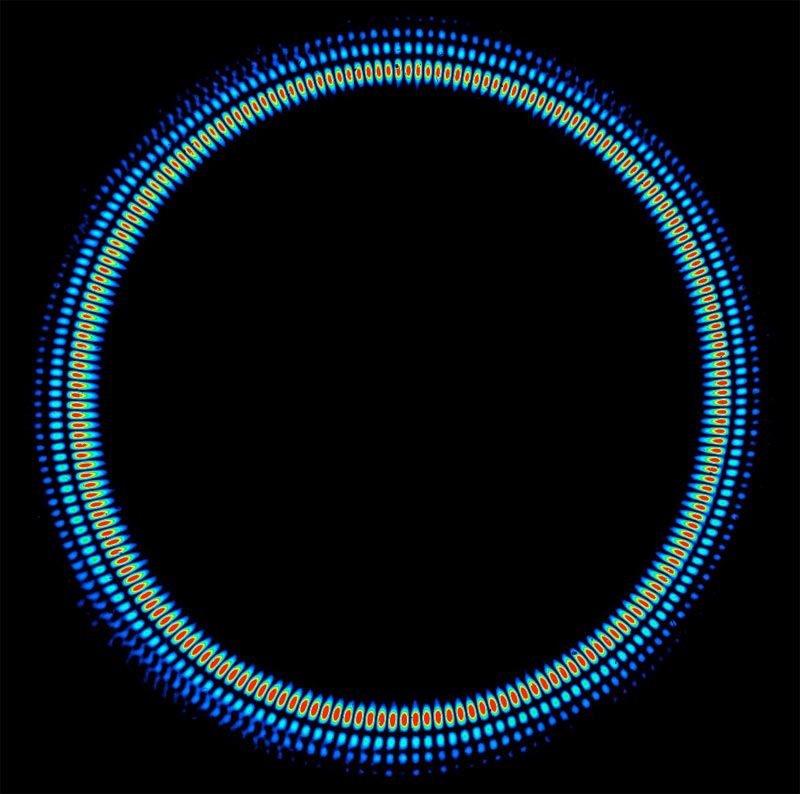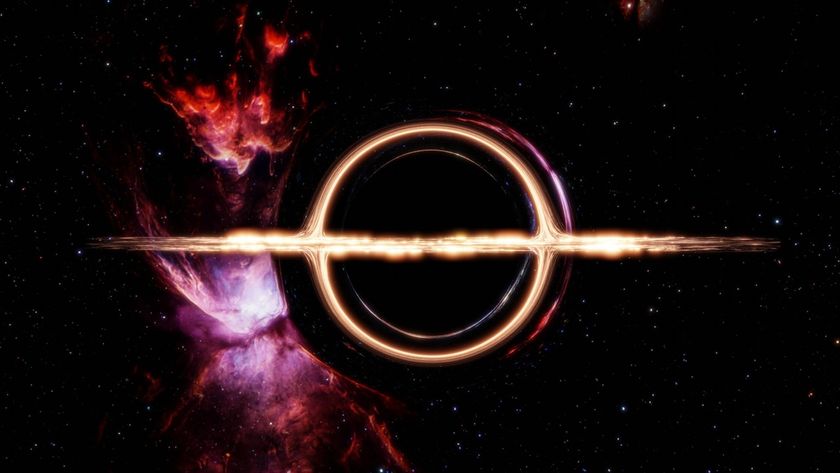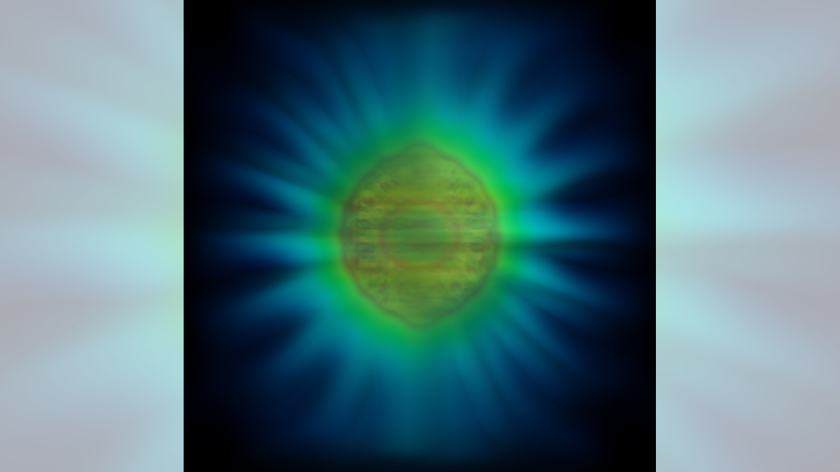Spooky! Quantum Action Is 10,000 Times Faster Than Light

How fast do quantum interactions happen? Faster than light, 10,000 times faster.
That's what a team of physicists led by Juan Yin at the University of Science and Technology of China in Shanghai found in an experiment involving entangled photons, or photons that remain intimately connected, even when separated by vast distances.They wanted to see what would happen if you tried assigning a speed to what Einstein called "spooky action at a distance."
They didn't find anything unexpected, but that wasn't the point: in physics, sometimes it's good to be sure. The group published their work on the ArXiv.org, a preprint server for physics papers.
All tangled up
Quantum physicists have long known that after two particles — photons, for example — interact, they sometimes become "entangled." This kind of experiment has been repeated many times, and involves taking two entangled photons and sending them to different places. Perhaps photon A goes to Los Angeles and photon B goes to Boston.
When photon A is observed, it has a certain polarization, perhaps "up." The other photon in Boston is always in the opposite polarization, "down." No matter what measurement is made of photon A, photon B will always be opposite. It is impossible to tell what the polarization will be before you measure it, but the entangled photons always seem to "know" the right state to be in, instantaneously. [Twisted Physics: 7 Mind-Blowing Findings]
As Chad Orzel, assistant professor of physics at Union College, explained, "It's as though you sent two cards to two different addresses. One might be the jack of diamonds and the other the ace of hearts. When you get the card at one address you know which one went to the other. Quantum mechanics is weird because until you open the envelope, saying which card it is doesn't have any meaning; it could be either one."
Sign up for the Live Science daily newsletter now
Get the world’s most fascinating discoveries delivered straight to your inbox.
Speed of quantum interaction
This is what Albert Einstein called "spooky action at a distance." And the correlation between the photons' states seems to happen instantaneously. But what does "instantaneous" really mean? That's part of what the Chinese team wanted to look at.
So the researchers entangled two photons and sent them to two different stations about 10 miles (16 kilometers) apart. In their ArXiv paper, the scientists said that previous experiments had "locality loopholes," which is another way of saying that it's possible to explain the link between photons with something other than the "action at a distance."
The group measured the state of one photon and timed how long the entangled state took to show up in the other. They found that the slowest possible speed for quantum interactions is 10,000 times the speed of light — assuming your experiment is moving relatively slowly, at least relative to light beams.
Whereas the result may sound like a way to send faster-than-light messages, it isn't, really, because you can't know the state of the entangled photon pair before it's measured; so there's no way to control it and make the photon at the other end take on certain states and use it like a Morse code telegraph. [10 Implications of Faster-Than-Light Travel]
This type of experiment has been done before, notably by a European team, in 2008. So why do it again? Many physics experiments are performed to check more closely the values of constants used in equations, for instance, which enable more precise measurements in other areas.
Orzel said that even if it turned out that there was some small amount of time it takes for the state of a photon to change (meaning it's not instantaneous), it isn't clear that lag would mean much for quantum physics generally. That's because there are several interpretations for why quantum phenomena happen the way they do, and all explain the experimental results equally well. Physicists aren't even certain that there's an experiment one could do to tell the difference.
He added that it is extremely unlikely that anyone will ever get an "exact" value for the speed of such quantum interactions, and, in fact, modern physics prohibits that kind of finding in principle. But it is useful to see what the limits are — to clarify what we mean when we say "instantaneous."
"There's a certain strain of physics that people that will say it has to be instantaneous – in fact, if it is faster than light it must be instantaneous," Orzel said. "So if you can put a limit on it that is kind of cool."
Follow LiveScience on Twitter @livescience, Facebook & Google+. Original article on LiveScience.com.












